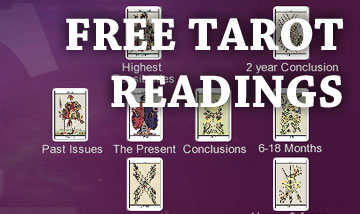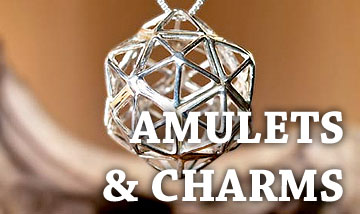Vampires
Vampires : are mythical creatures who try to avoid
their own deaths and demise by literally sucking out the blood of their
victims. The fear of vampires has been around for a very long
time. Indeed there are a number of countries such as:
Bulgaria, Russia, the Orient, Babylon and Greece that have been cited as
being the origins of the vampire lore. Although there is much
anecdotal evidence for the existence of vampires, as yet there appears to
be no physical evidence of their being.
Bram Stoker's Novel Dracula which was based around a 15th century
warrior called Vlad the Impaler has served over the years to
popularise this mythical creature. With the help of Stoker's book,
and film makers alike, a number of variations have been added to the
vampire theme. Vampires were no longer the mythical creatures who
survived by simply sucking their victims blood, they had evolved into
strange creatures that required all manner of methods to repel or kill
them.
Some Hollywood films suggested that vampires could be dispatched in one of
the following ways:
- pierce the vampire's heart with a stake
- expose it to sunlight
- fill the vampire's corpse with garlic
- bury the corpse at a four-way crossroads
- sever the head and cremate the remains
- form a cross with the arms over the chest
- entwine thorny vines over the corpse to ensure it cannot walk again.
The symbol of the Christian cross was also supposed to help to repel
vampires although it would not kill them.
Today the chupacabra is one of the more well known and popular blood
suckers of our time.
According to Webster's Revised Unabridged Dictionary,
1913 Edition vampires are defined as follows:
Vam"pire (?), n. [F. vampire (cf. It. vampiro, G. & D. vampir), fr. Servian
vampir.] [Written also vampyre.]
1. A blood-sucking ghost; a soul of
a dead person superstitiously believed to come from the grave and wander
about by night sucking the blood of persons asleep, thus causing their
death. This superstition is now prevalent in parts of Eastern Europe, and
was especially current in Hungary about the year 1730.
2. One who lives by preying on
others; an extortioner; a bloodsucker.
3. (Zo�l.) Either one of two or more species of South American
blood-sucking bats belonging to the genera Desmodus and Diphylla. These
bats are destitute of molar teeth, but have strong, sharp cutting incisors
with which they make punctured wounds from which they suck the blood of
horses, cattle, and other animals, as well as man, chiefly during sleep.
They have a caecal appendage to the stomach, in which the blood with which
they gorge themselves is stored.
4. (Zo�l.) Any one of several
species of harmless tropical American bats of the genus Vampyrus,
especially V. spectrum. These bats feed upon insects and fruit, but were
formerly erroneously supposed to suck the blood of man and animals. Called
also false vampire. Vampire bat (Zo�l.), a vampire, 3. {-- illustr. Head
of False Vampire. (Vampyrus spectrum) --}

Vlad the Impaler
DISCLAIMER
The images on this site were taking from publicly available sources,
and to the best of my knowledge the images are in the public domain.
If you do own the copyright to any of the images contained on this
site, and can provide proof that you own the image/images, it/they will be withdrawn if desired.
However permission is asked to continue using any image/images which you may own. Thanks.
 DISCOVER TAROT ON iPHONE, iPAD AND ANDROID.
DISCOVER TAROT ON iPHONE, iPAD AND ANDROID.
Learn Tarot Card Meanings, what they mean when combined in a reading, test your knowledge in the Tarot Quiz and reveal what the future may hold with the Tarot Reading App.





